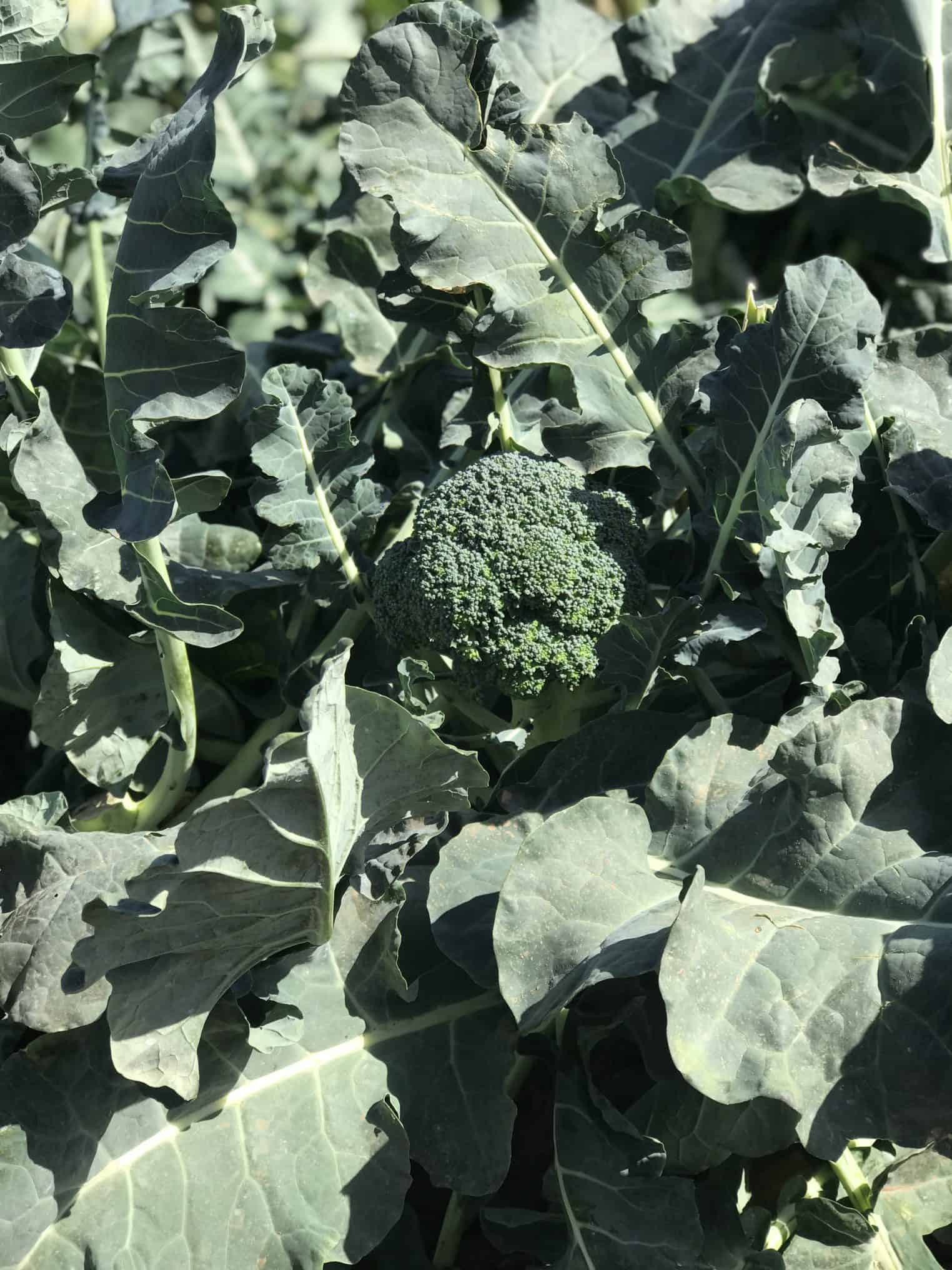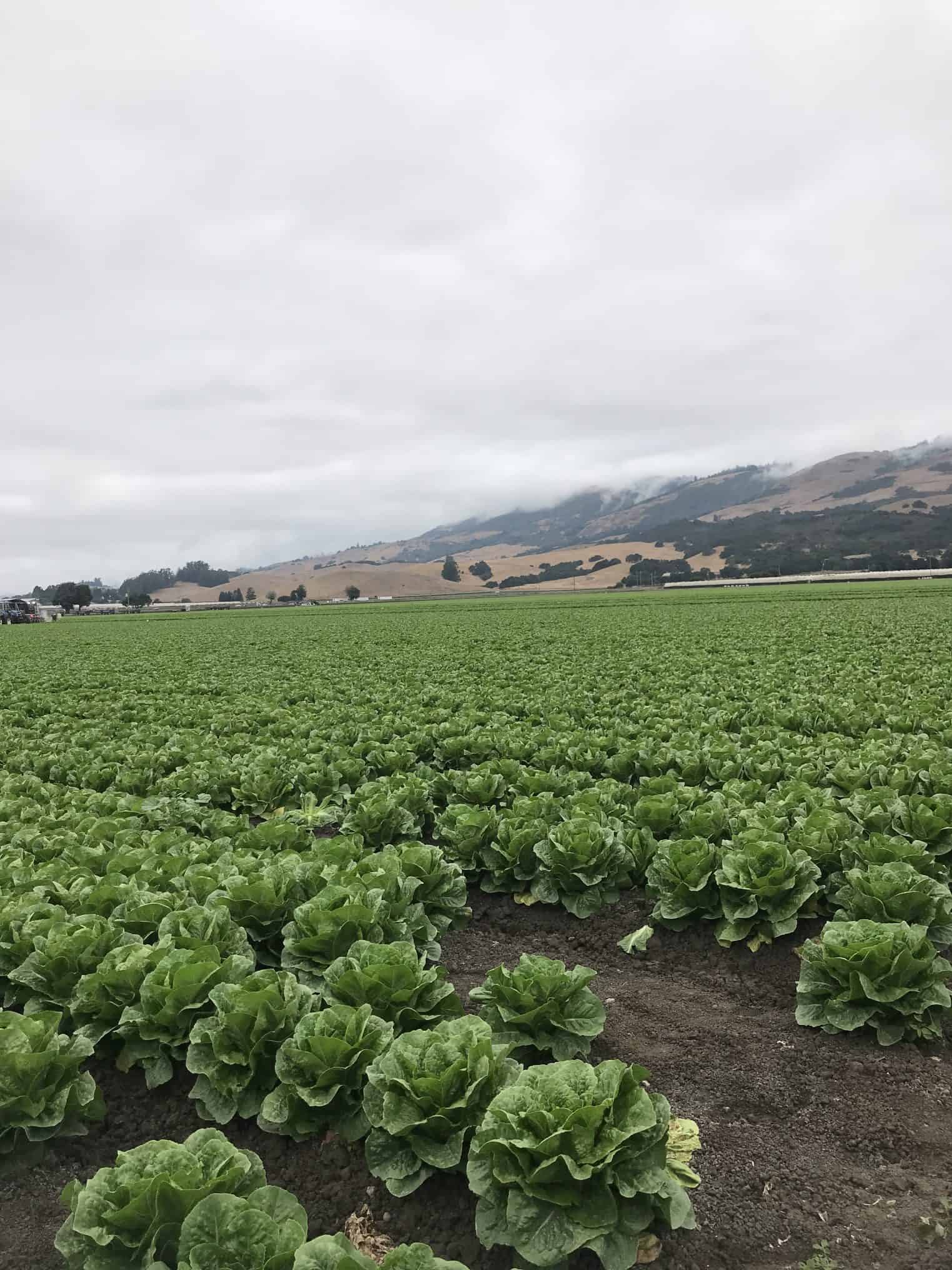Eat More Produce Challenge
As a nutrition professional I’m constantly asked my advice on the latest diets, celebrity’s eating habits, recipe trends and more. Friends, strangers and my hair dresser are always curious if they need to be eating more protein, less fat, taking a probiotic, going gluten-free and well, the list goes on.
Things that I don’t hear? How do I eat more produce? Which, if you asked me the #1 thing that I think ALL of us could do for better health it’s that. Just eat more produce.
I’m almost positive you are eating enough protein. I’m also almost positive that you aren’t getting the recommended 5-9 servings of produce per day. Most American’s aren’t.
While the numbers vary widely depending on which poll you look at, the fact is that many of us come up drastically short on how many fruits and vegetables we are consuming on a daily basis. The Center for Disease Control estimates that only 1 in 10 Americans eat the recommended amount. And just changing that one thing could have incredible payoffs.
Seven of the top 10 leading causes of death in the United States are from chronic diseases. Eating a diet rich in fruits and vegetables daily can help reduce the risk of many leading causes of illness and death, including heart disease, type 2 diabetes, some cancers, and obesity. Here’s the kicker: if half of all Americans added one more serving of fruits and vegetables daily, 20,000 cancer cases could be prevented annually.
That’s pretty impressive, especially since it seems like an easy ask. However, after talking to clients for over a decade, I know that there are several barriers to introducing more produce in the diet.
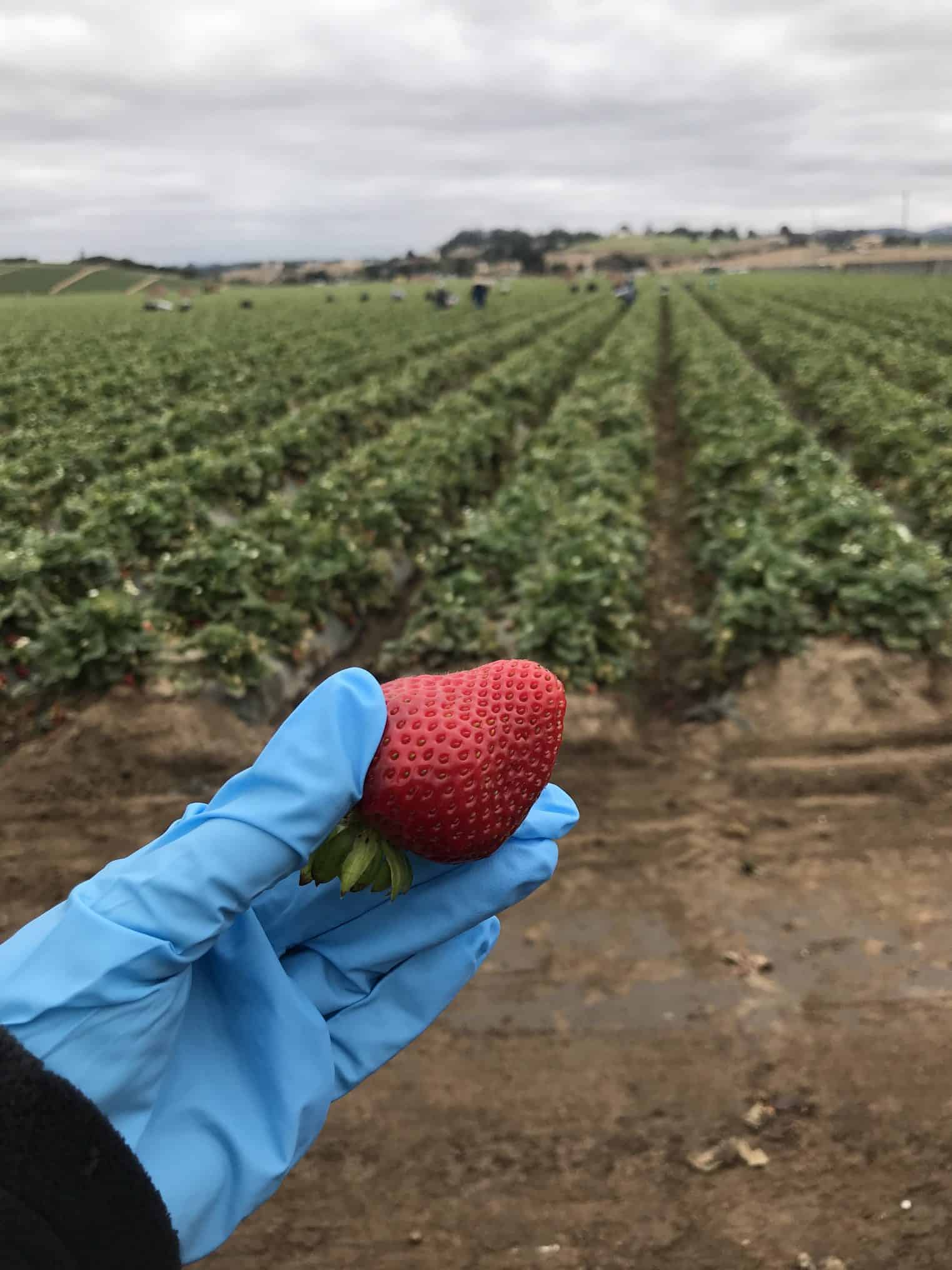
One of the big ones is flavor, acceptance and ‘knowing what to do.’ In fact, that’s initially why I started this blog almost 9 years ago. I loved vegetables growing up but knew that not everyone felt the same way. I wanted to change how we eat- less meat, more produce and so, this space was born.
Almost 900+ recipes later, I hope I’ve given you inspiration on how to make vegetables sing. Besides eating them raw, just a few simple techniques can make vegetables the stars of plate. (If you need starter ideas, may I recommend sheet pan vegetable stir-fry, kale and peach slaw, weeknight zucchini pasta, vegan lasagna, beet reuben, mushroom quesadilla, sriracha buffalo cauliflower wings, spaghetti squash cacio e pepe, vegetable curry, sheet pan fajitas and eggplant bolognese.)
Besides cost and access, the other barrier is confusion around messaging. As a consumer and a mom, I get this. I know how hard it can be to separate fact from fiction, especially when the same messages are being said over and over again.
I had the chance to spend some time in Monterey, CA a few weeks ago, getting a first hand look on how lettuce, celery, strawberries and broccoli are grown and harvested along with talking with farmers and toxicologist around pesticide and herbicide use.
Here’s what I came away with. Crop management, when it comes to fresh fruits and vegetables, was not what I originally thought. In fact, many of the farmers raise both conventional and organic produce and use similar techniques on both farms. On the strawberry fields, we saw ‘bug vacuums,’ aerial vacuums that hovered over the plants, sucking up insects as they went. A pretty ingenious way to reduce pests, without the need for additional chemicals.
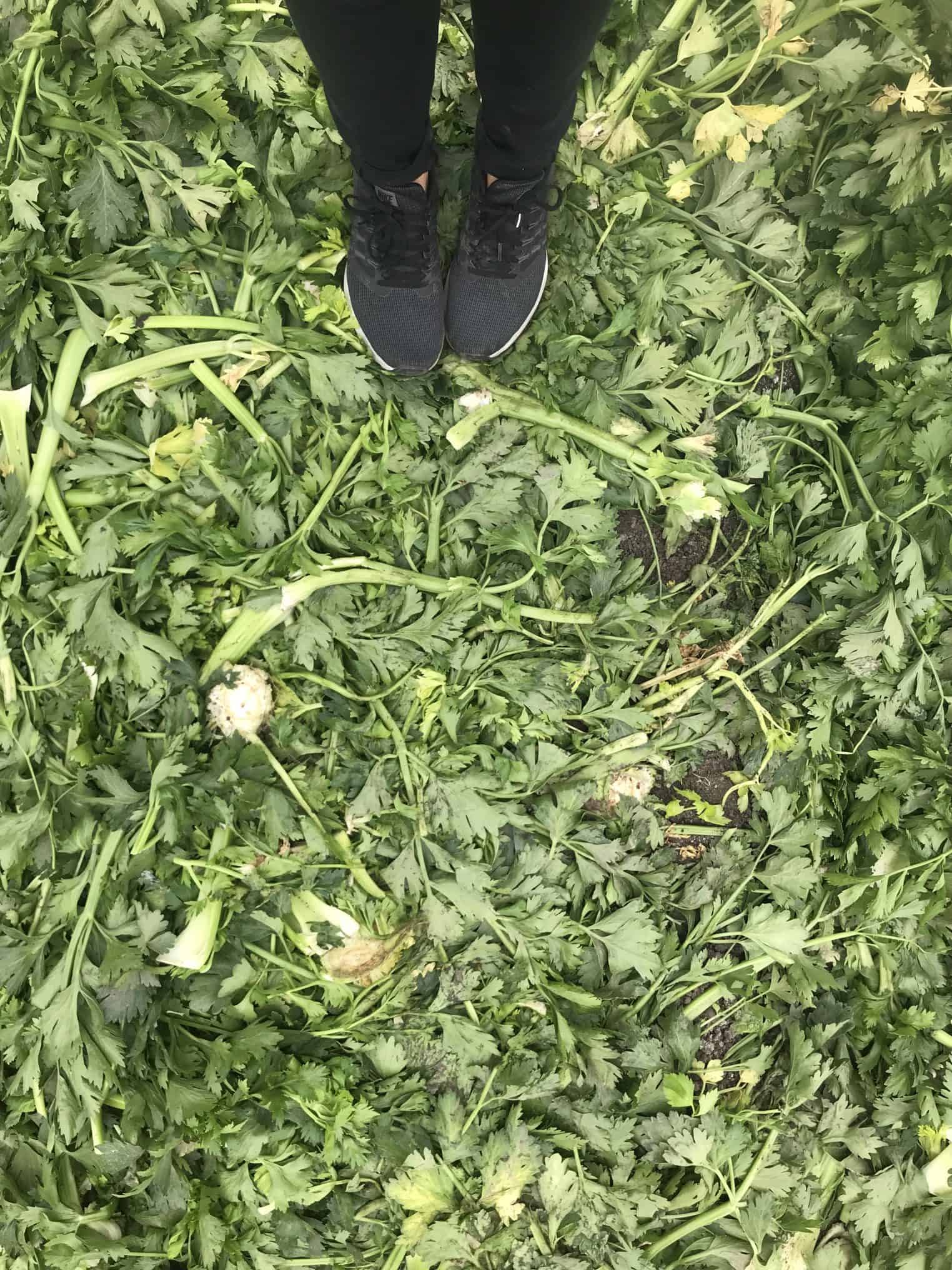

When it comes to produce, I’m pro-choice. Whether you purchase organic, conventional, ugly or local, buy your produce at a grocery store, online or a farmer’s market, I support doing whatever works best for you and your family. I want us all to eat more fruits and vegetables every day for better health and longevity. For my family, I purchase what’s in season, which generally means what’s on sale and what looks good. I try to hit the local farmer’s market each weekend, but that doesn’t always happen. I buy organic, I buy conventional, I buy frozen, I buy canned and I buy dried. My goal to fill our diet with lots of fruits and vegetables in all forms.
Studies show that individuals eat less produce when they can’t afford the organic variety. That’s the opposite of the messaging that I want out there. Strawberries, organic or conventional, are one of the most antioxidant-rich foods out there and we should be eating more, not less. Decades of studies show that plant-rich diets improve health and prevent diseases. And, these studies were largely conducted using conventional produce.
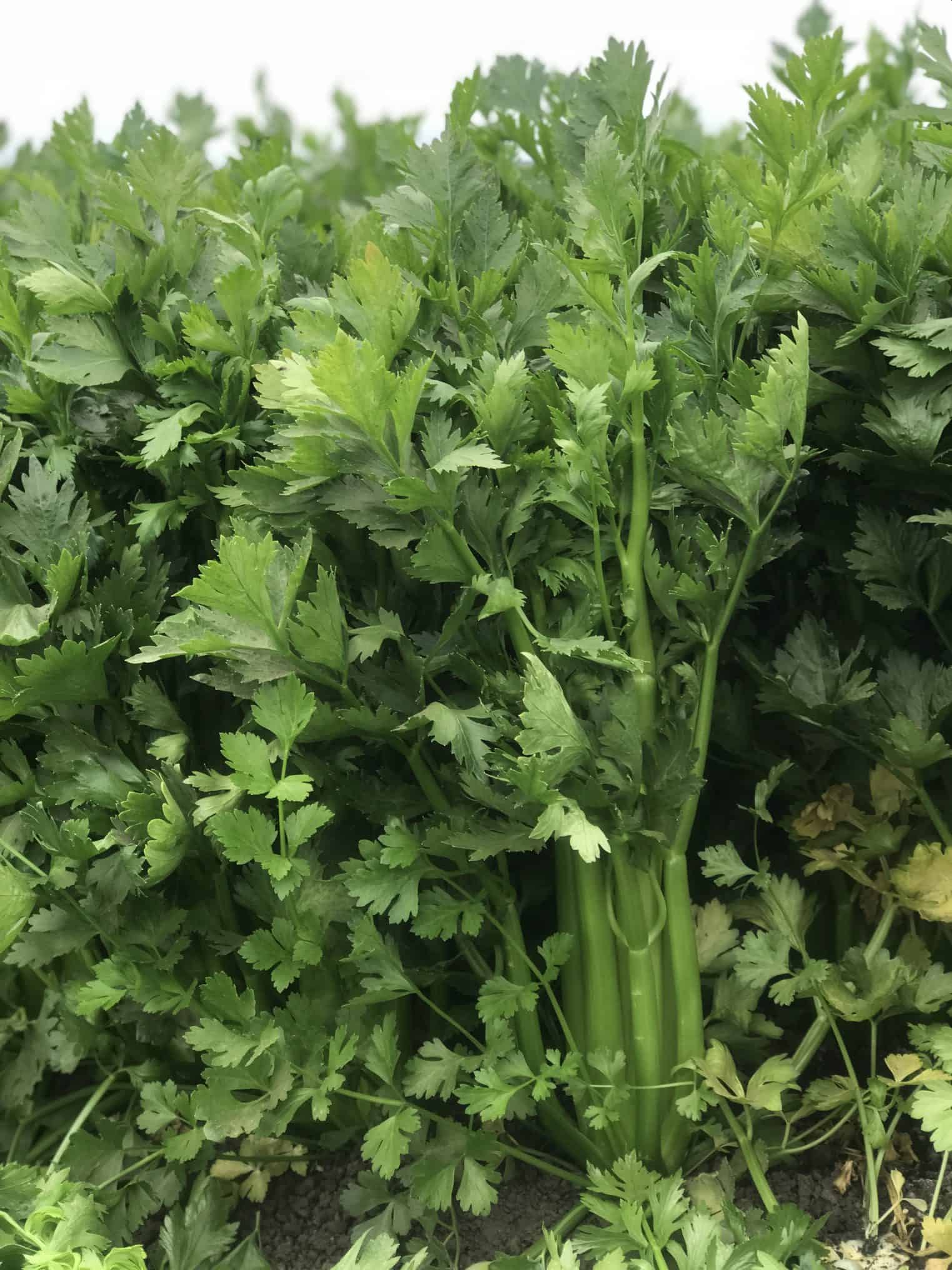
So, I want to challenge you to eat more. I want to challenge me to eat more too! As a new mom, this is one of my top priorities– introducing as much produce as I can to Vander to set him up for a lifetime of healthy habits.
Consider how many servings you eat right now. Add ’em up. As a rough estimate, 1/2 cup of cooked vegetables and fruit counts as one serving and 2 cups of leafy salad greens counts as a serving. How many did you get today? Do you get at least 5 a day?
If not, ask yourself where you can just add one. A handful of dried berries on your morning oatmeal? An apple with your mid-day yogurt? Peppers stirred into your scrambled eggs? Roasted broccoli and cauliflower instead of rice for dinner? It doesn’t matter where you choose to add, but know that even one more serving a day has proven benefits.
Then, let me know how you’re doing. Email me, comment, tweet me– hopefully with all of the social media around us you know how to get in touch. I want to know how you are doing and what you need help with. xo
